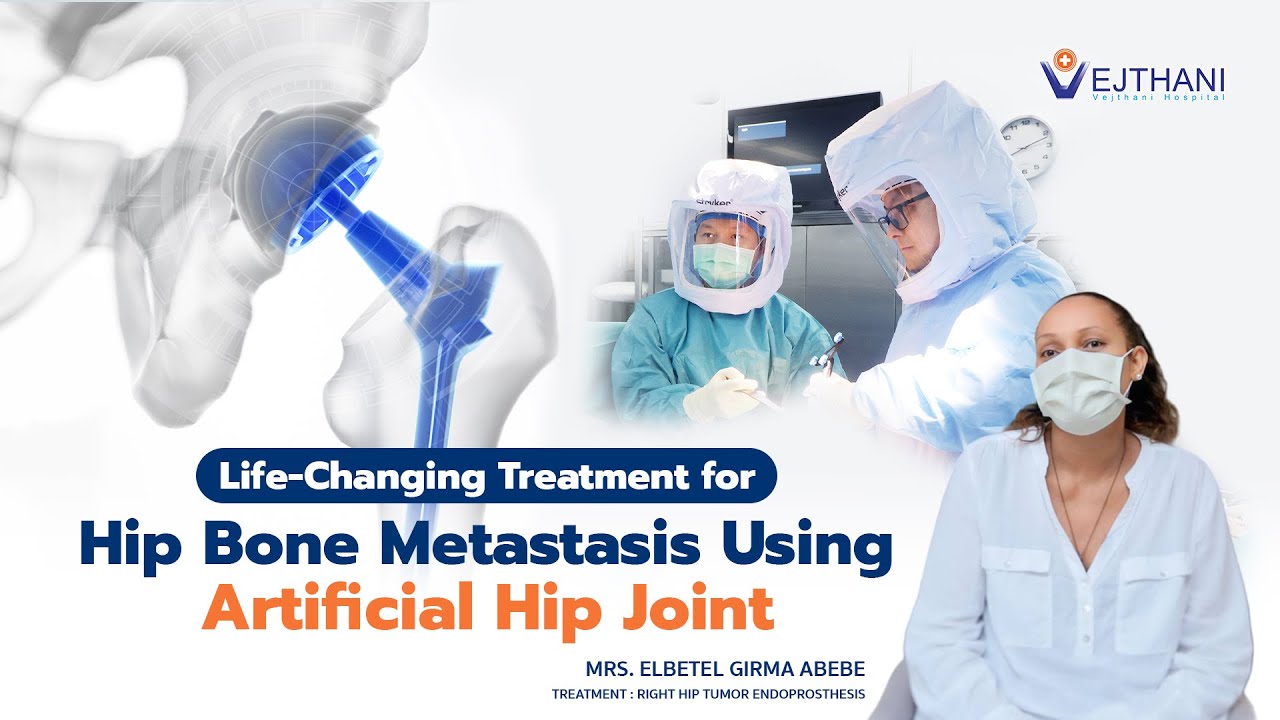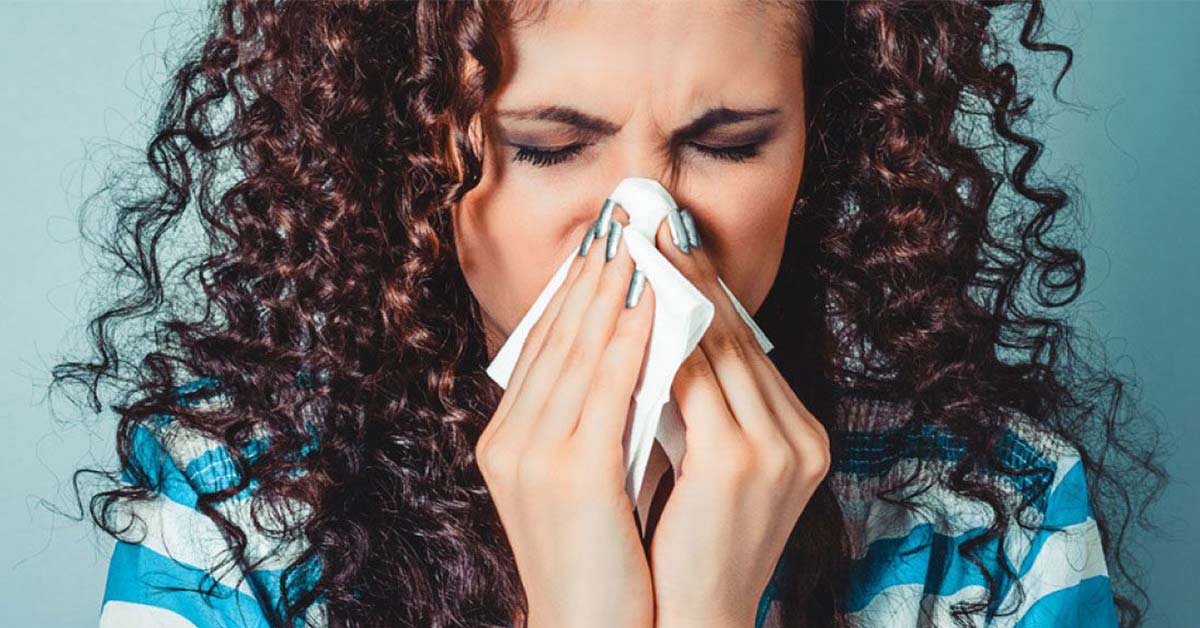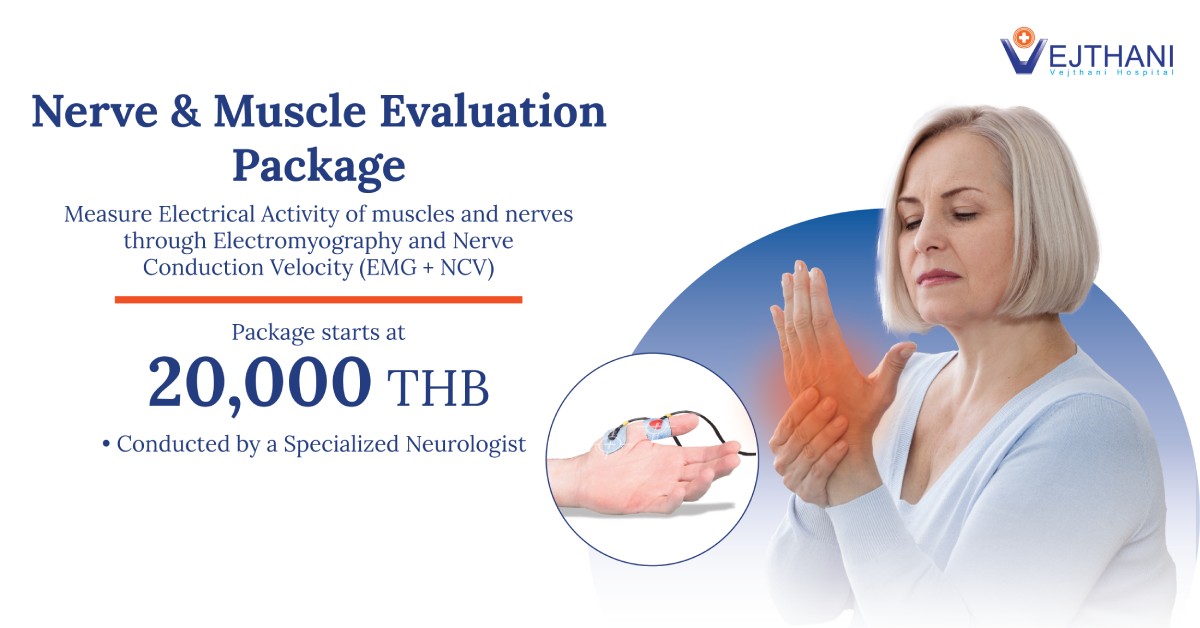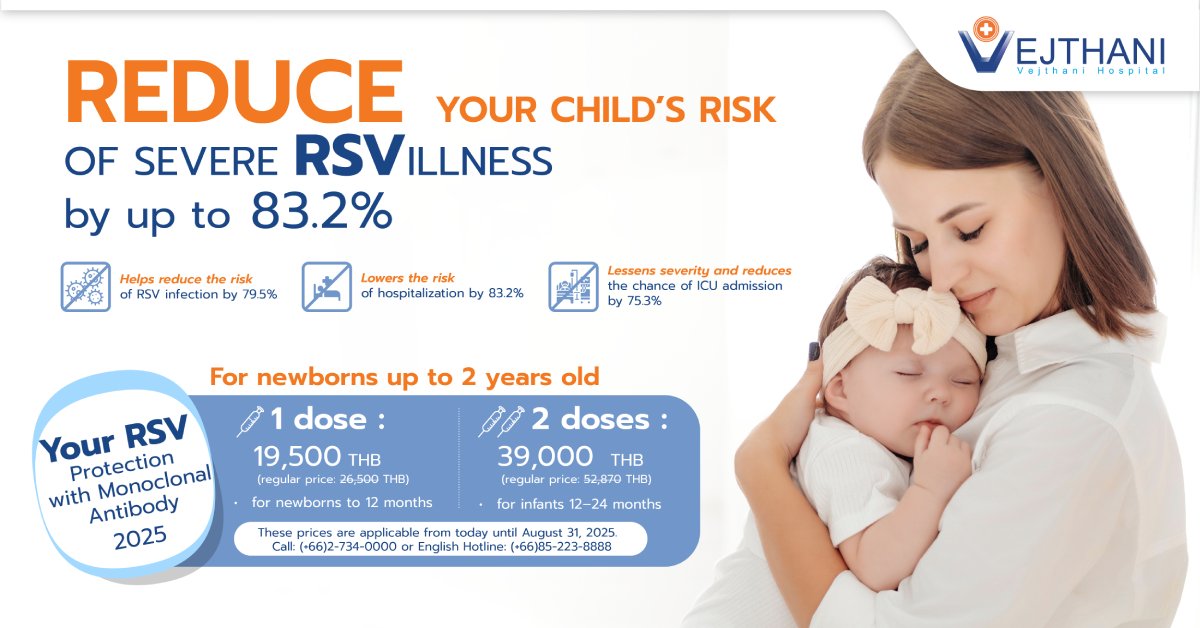
Dermatomyositis
Overview
Dermatomyositis is a form of myopathy that results in and muscular weakness and skin rashes. This is a rare condition that may result in severe symptoms that affect one’s ability to breathe and swallow.
Both adults and children might be impacted by this disease. Dermatomyositis has the potential to leave a lasting impact on your body, potentially causing long-term difficulties in muscle function. In some cases, if it significantly impairs your muscles, you may experience a loss of mobility or reduced functionality in a specific part of your body compared to your previous abilities. While the progression of these effects typically occurs over several years, it’s worth noting that some individuals may encounter severe muscle weakness earlier than others.
Dermatomyositis has no definite treatment. Treatment options aim to manage skin rash and regain muscle function and strength. Starting treatment as early as possible increases one’s chances of preventing severe complications.
Symptoms
Muscle weakness and a skin rash are two of dermatomyositis’ most typical symptoms. It may begin unexpectedly or steadily worsen over time. In some cases, both a rash and muscle weakness are experienced at the same time. Others might experience one symptom alone for weeks, months, or even years.
- Skin changes: Dermatomyositis frequently manifests first as an itchy, painful rash. Rashes will cause areas to become discolored and even swollen. A rash with a violet or dusky red hue typically emerges, primarily appearing on areas such as your face, eyelids, knuckles, elbows, knees, chest, and back.
- Muscle weakness: The body’s left and right sides are both affected by the weakness, which tends to get worse over time. The muscles in the hips, thighs, shoulders, upper arms, and neck that are closest to the trunk are those that are commonly affected by progressive muscular weakness. People with this condition might find it challenging to climb stairs, sit upright, stand up from a seated position, get up after lying down, or wash their hair.
People who experience any new muscle weakness should consult their healthcare provider immediately, especially if they also get a skin rash at the same time. Dermatomyositis can be treated more quickly the earlier it is discovered, which can reduce the risk of developing serious symptoms and other consequences.
Causes
Dermatomyositis has no known cause. It is believed that the condition is a result of several potential factors, such as genetics, autoimmune issues, viral infections, and environmental.
According to certain studies, dermatomyositis shares similarities with numerous autoimmune disorders, wherein the immune system mistakenly attacks the body’s own tissues.
In some individuals, a viral infection can lead to dermatomyositis, even after the infection has been treated. It is also more common to occur in places with higher pollution levels or poorer air quality.
Contact Information
service@vejthani.com






















